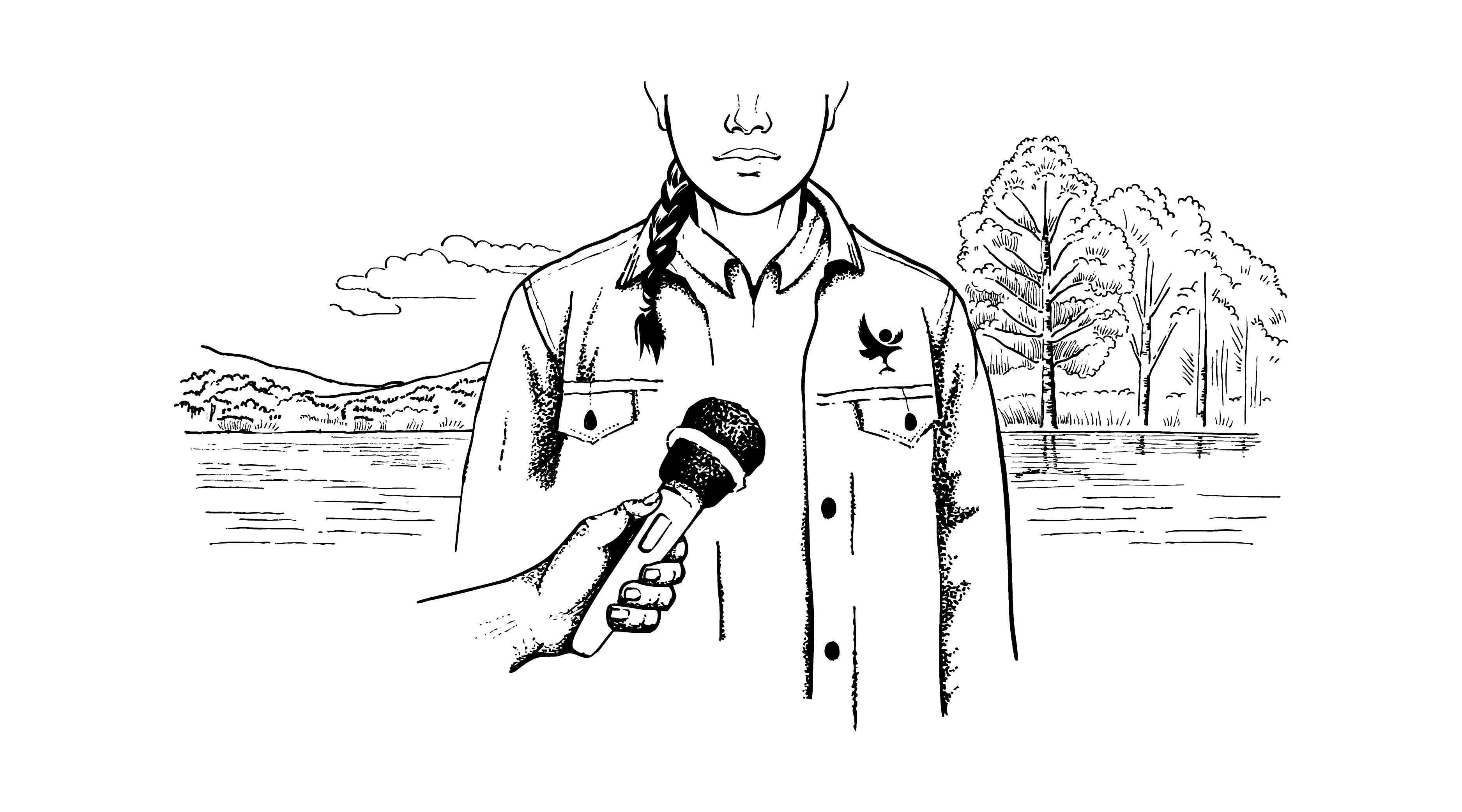Deer managers in the Cairngorms National Park met today to discuss how they can help to reduce deer related road accidents in the area.
The UK’s leading expert on deer related road traffic incidents was at the Cairngorms Deer Advisory Group’s meeting at Mar Lodge this morning (Wed 7 Nov). Dr Jochen Langbein of the National Deer-Vehicle Collisions Project outlined to members some of the data that has been collected by the project and the types of measures that can be taken to help reduce the risks of such accidents.
Organised by the Cairngorms National Park Authority, the meeting comes just two weeks after Scottish Natural Heritage issued a warning to drivers to watch out for deer with November considered a peak period for accidents involving deer. Once the clocks go back in October there tends to be an increase in deer feeding at roadside verges just as people are commuting to and from work, resulting in an increase in accidents.
Speaking at the meeting Dr Langbein explained: “It is difficult to give exact figures for the Cairngorms National Park but we do receive between 40-80 reports of deer related accidents in the Park every year. However, not all are reported, so I would estimate that the actual number of deer related road accidents is more likely to be in the region of 120-180.
“The worst affected areas in the Cairngorms National Park are the A9 between Blair Atholl and Dalwhinnie and from Kincraig to Carr-Bridge along the A9 and on the east side of the Park, on the A93 between Aboyne and Ballater.”
He added: “While we may never be able to prevent such accidents completely, there are things that can help to reduce them such as good signage and maintenance of good sight lines for drivers for example clearing high scrub and overgrown trees at roadsides. It is also worth exploring improvements to underpasses or overpasses, where they exist, to make them more suitable routes for deer crossing major roads.”
The National Deer-Vehicle Collisions Project is also keen for more people to report deer related road accidents so that the project can continue to build up a clear picture what areas in the National Park may need more attention in terms of reduction measures. Incidents can be reported on the website, www.deercollisions.co.uk/pages/form.html
Michael Hone, CDAG chairman said: “Our members are very interested in Dr Langbein’s reasearch especially in terms of the statistics for the Cairngorms National Park. It’s the first time that the figures for Scotland have been distilled down to show us how many incidents occur in the Park. As deer managers we are well aware of the shared role we have to play in helping to reduce the risk of deer related accidents.”
Will Boyd-Wallis of the CNPA commented: “It would appear that the A9 and the A93 roads in the Park are hotspots for deer related road accidents but it is worth remembering that with all the rural roads throughout the National Park, many incidents may be going unreported. It great that the Park’s deer managers are keen to find out more about what can be done to try to reduce accidents in the future and the CNPA will consider whether it has a role to play to assist with this.”





